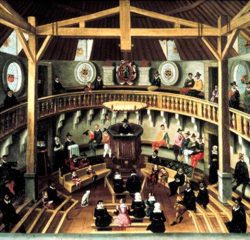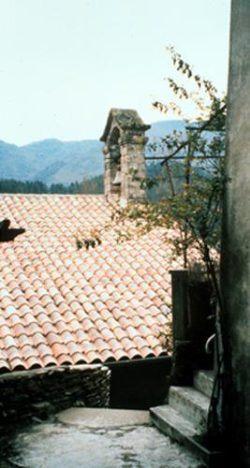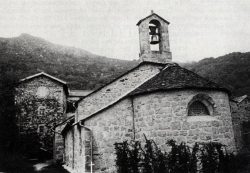Protestant temples : from the 16th century to the Revocation
In 16th century France Reformed services were held in former Catholic churches and in new buildings.
The first services of worship
The Reformed first met in private homes.
Then, as they became more powerful, they requested public premises, abbeys, Catholic churches and adapted them to the Protestant service of worship.
In Catholic premises, Protestants not only did away with statues and sacred images, but also modified the architecture, replacing altars by a communion table around which the edifice was centred.
The following are examples of these changes :
- Saint-Jacques’ Church in Montauban,
- the Augustinian and Observantinian convents, as well as the churches of Sainte-Eugénie and Saint-Etienne de Capduel in Nîmes,
- the church of Saint-Fiary and the Jacobins’ convent in Agen,
- the churches of Saint-Barthélémy and of Sainte-Marguerite, the refectory of the Augustinian convent, and the former close tennis court in La Rochelle,
- the chapel of Sainte-Colombe in Gap,
- the church of Notre-Dame in Montpellier,
- several churches in Caen and Lyon.
New buildings
Somewhat later, the Reformed began building new edifices, paid for by the communities and – after the Edict of Nantes in 1598 – situated outside the cities and, for Paris, more than five leagues away.
These new constructions comprised :
- parish community churches, as in Lyon, Rouen, Charenton,
- manorial chapels, as in Chamerolles,
- existing buildings modified and used as temples, as in Poët-Laval.
The edifices had to be very spacious and seat a great number of worshippers. They were meeting places called “temples” in order to denote their religious usage and distinguish them from Catholic places of worship.
The architectural plans were of the basilica type (e.g. Charenton, Montpellier, Nîmes…) or – following the example of more ancient times – of a circumferential pattern (e.g. Lyon, Caen, Rouen). As opposed to dark cathedrals, the light in such temples streamed in through wide openings
The materials used were of local origin, as for instance stone from Ile de France in Charenton, bricks in Montauban, flint and wood in Dieppe and Rouen, schist and quartz in Collet-de-Dèze. The same rule was applied to roofing : slates in Dieppe and tiles in Lassalle.
The indoor architecture focused on hearing rather than on seeing. Central to the edifice were the communion table and the pulpit from where the pastor read the Word of God.
Whichever architecture was adopted, – of the “basilica” or of the “central” pattern – seating capacity was increased by tribunes built all around the building. Worshippers were seated in pews placed in circles around the communion table and the pulpit.
Ornamental details
These were reduced in number, since a place of worship must be free of idolatrous imagery.
But ornaments could consist of :
- civilian ornaments, royal armorial bearings (Lyon, La Rochelle), heraldry of governor Châtillon in Montpellier,
- religious ornaments such as the Tables of the Law in Chamerolles, or biblical verses in Charenton, Nîmes or Montauban.
Ceilings differed from the traditional vaulting type. For reasons of time and cost, woodwork (Montpellier and the temples of the Cévennes area) or panelling (La Rochelle and Charenton) were chosen.
Some temples still exist
Two major campaigns for the destruction of temples were launched, one in 1660 and another in 1680 ; a third campaign followed the Revocation in 1685.
Very few temples were spared after the Revocation in 1685 ; among them feature the temples of Collet-de-Dèze (Lozère) and Poët-Laval (Drôme). The temple of Vialas (Lozère) was not to be destroyed but for 50 years it was not used for Protestant services ; the same applies the one in Sainte-Croix-Vallée-Française (Lozère).
Thanks to iconography, some temples that played a major role in Protestantism during the 16th and 17th centuries, are still known – such as the temples of Lyon, Petit-Quevilly near Rouen, and La Rochelle.
In 1598, the Edict of Nantes had stipulated : “Places of worship or temples, built with permission by adherents of the pretended Reformed Religion, may be lofty of style and may only hold worshippers. They are not to be built like churches, nor may they have towers or high steeples”.
Bibliography
- Books
- LAURENT René, Promenade à travers les temples de France, Les Presses du Languedoc, Millau, 1996, p. 520
- REYMOND Bernard, L’architecture religieuse des protestants, Labor et Fides, Genève, 1996
- Articles
- GUICHARNAUD Hélène, "Approche de l’architecture des Temples protestants construits en France avant la Révocation", Études théologiques et Religieuses, Institut Protestant de Théologie, Montpellier, 2000, Tome 75
Associated notes
-

The Edict of Nantes (1598)
This was Henri IV’s major achievement : the terms of this edict ensured the peaceful coexistence of Catholics and Protestants and brought a stop to all hostilities in France after 36 years... -
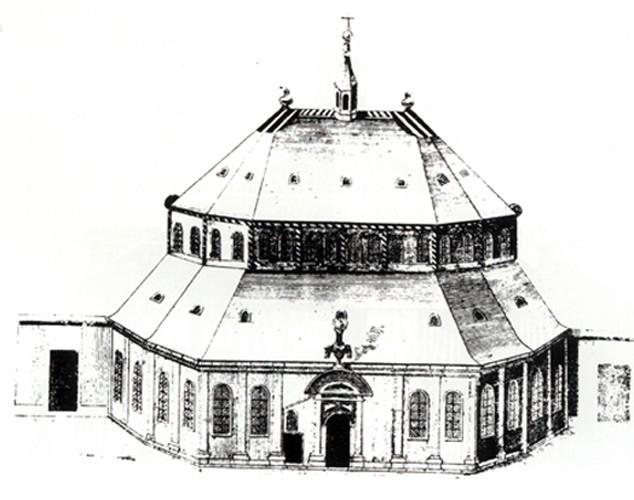
Caen (Calvados)
Lutheran theses were displayed at the Caen university as early as 1533. Towards the end of the century, there were an estimated 10,000 Protestants in the Caen district. -
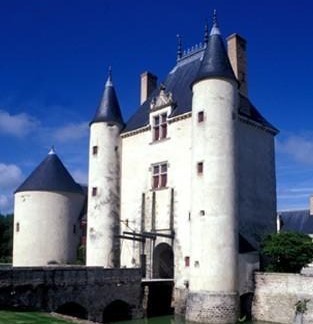
Chamerolles (Loiret)
Between the cities of Pithiviers and Orléans, in the castle of Lancelot du Lac, lord of Chamerolles, a Huguenot chapel was erected. -
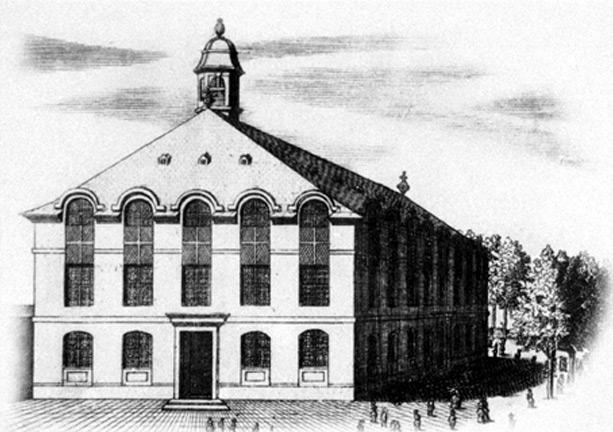
Charenton (Val-de-Marne)
This was one of the major works of Salomon de Brosse, the architect who designed the Palais du Luxembourg (Senate) for Marie de Médicis (1623). -
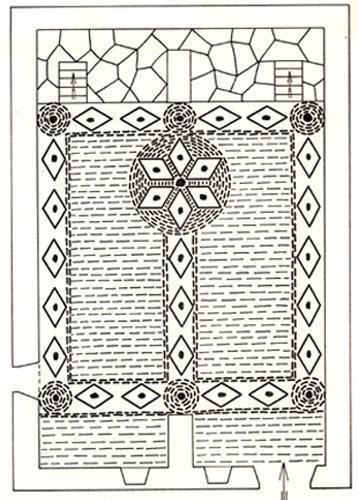
Collet-de-Dèze (Lozère)
Collet-de-Dèze is the oldest temple in France. Protestantism was established in the valley of the Gardon as soon as 1566. -
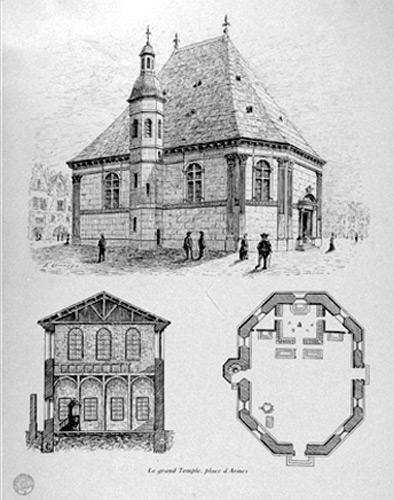
La Rochelle (Charente-Maritime)
La Rochelle was prominent protestant city as early as 1530-1540. Protestants first used Catholic churches for their services, sometimes in simultaneum, as was often the case in the early days... -
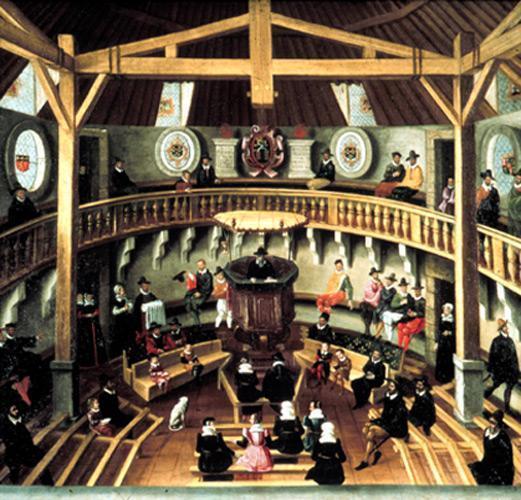
Lyon (Rhône)
The Temple of Heaven is a emblem of the 16th century Reformation. -
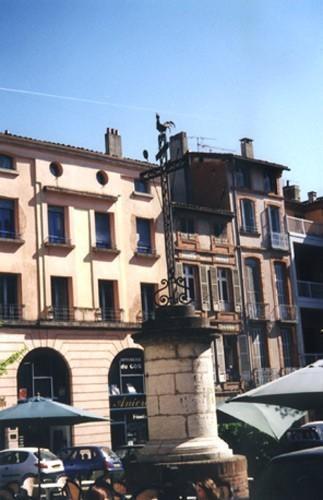
Montauban (Tarn-et-Garonne)
The ideas of the Reformation were present as early as 1537 and spread to the majority of the population, with the result that the Reformed ruled the city in 1561.... -
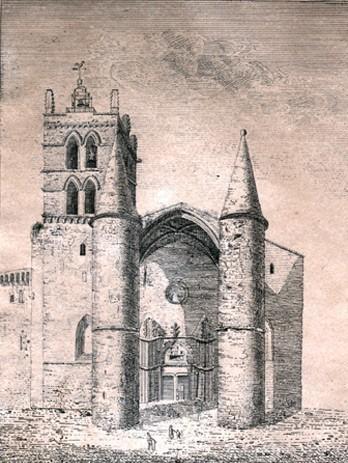
Montpellier (Hérault)
In the early 16th century, the Reformation was established in Montpellier. -
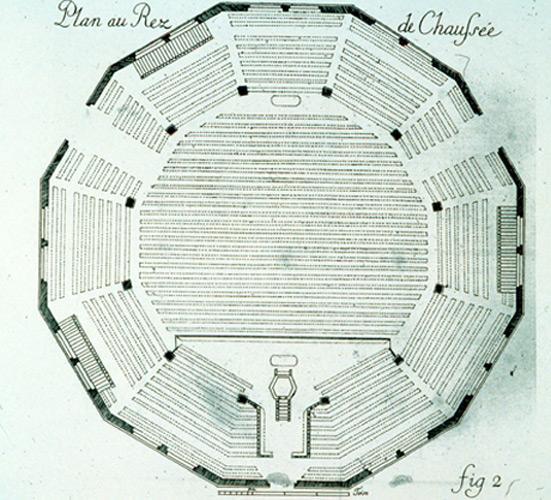
Rouen (Seine-Maritime)
A large Protestant community lived in Normandy in the 16th century. Lutheran theses were posted at the University in Caen. The Reformation spread to Rouen. -

Sainte-Croix-Vallée-Française (Lozère)
The Boissonnade chapel, dedicated to the Virgin Mary in 1063, became a Protestant temple around 1560. -

Vialas (Lozère)
After the Edict of Nantes, the Protestant population of Vialas was large enough to have a temple built in 1612 at its own expenses. The Reformed, being merely tolerated by... -
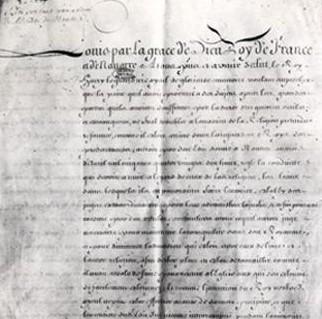
The Edict of Fontainebleau or the Revocation (1685)
In October 1685, Louis XIV signed the Edict of Fontainebleau which repealed the Edict of Nantes. It banned Protestant worship and the emigration of Protestants. Pastors were banished.

